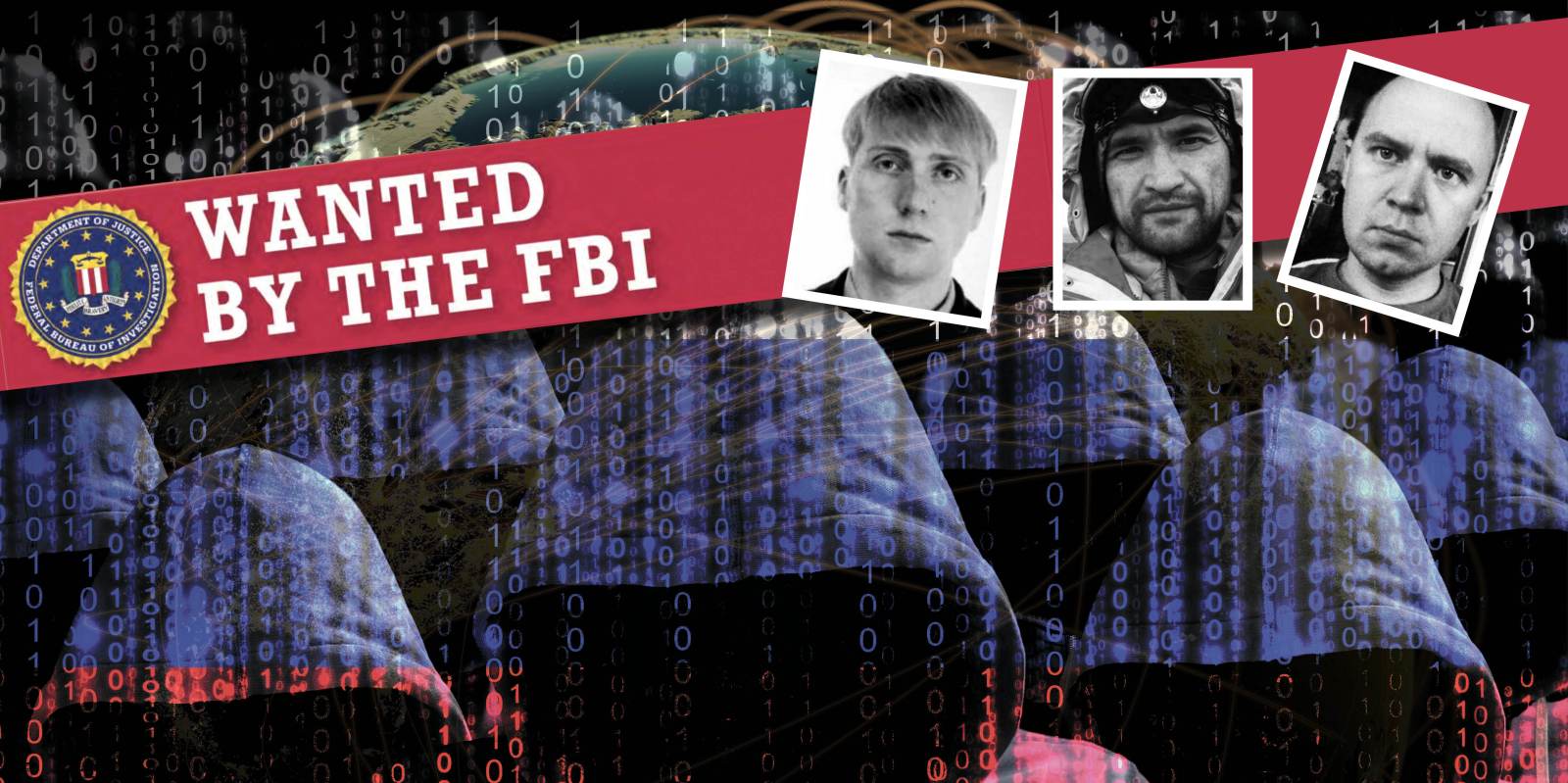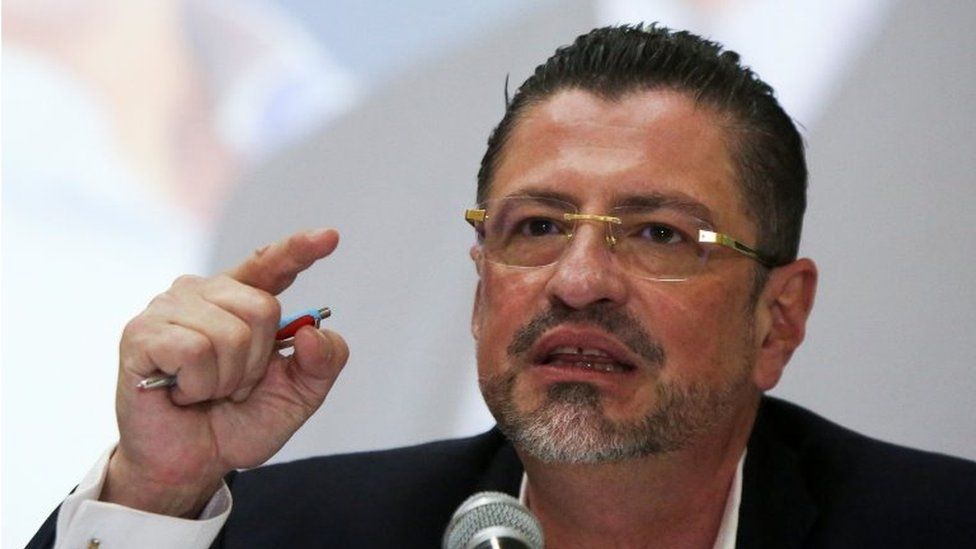
Tesla Model S assembly at the Tesla Factory in Fremont, California. Photo Credit: Steve Jurvetson, Wikipedia Commons.
April 3, 2022
Published by the Foreign Policy Research Institute
By June Teufel Dreyer*
(FPRI) — Alerted to their vulnerability on rare earths (REEs) when China threatened to withhold supplies to Japan in September 2010, industrialized countries began to be concerned with developing alternate sources. For Japan in particular, REEs are indispensable to the production of the catalytic converters of the automobile industry that is a mainstay of the Japanese economy. They are also components of high technology devices that include permanent magnets, rechargeable batteries, smart phones, digital cameras, light emitting-diode lights, clean energy, and fighter planes.
Although found in many places in the world outside of China—several African and Latin American countries, Canada, the western United States and Vietnam, among others—and not actually rare, the mining and refining processes of the seventeen entities that are classified as REEs had gradually been ceded to the People’s Republic of China (PRC). The process is highly labor intensive and generates significant pollution, especially since REEs are often found in conjunction with radioactive substances. China with its lower wages and more lax environmental laws proved an attractive alternative that companies there were eager to take advantage of.
What Can Be Done?
In the United States, existing concerns were magnified by China’s increasingly aggressive military posture, the pandemic-induced economic downturn that revealed U.S. dependence on the PRC for even face masks and personal protective equipment, and a commitment to combat climate change by transitioning from fossil-fueled cars to electric vehicles (EVs). In the waning days of the Trump administration, Congress passed a pandemic aid spending package that included over $800 million to fund research on rare earths and strategic minerals that advocates hoped would counteract Chinese dominance over the sector. In addition to providing incentives for research and development on REEs and scarce metals, the law requires the U.S. Geological Survey to forecast metals demand much as the Energy Department forecasts oil demand. Leaving no doubt as to the aim of this enhanced interest, a clause in the bill requires an annual report from the Director of National Intelligence on China’s overseas mining investments. The bill was hailed for its potential to refresh investment in renewable energy after the pandemic downturn, and as a “bipartisan win and a watershed policy for a U.S. mine-to-magnet supply chain.”
Funding does not always translate into results but, as evidenced by numerous reports in mining industry publications, the grants definitely incentivized research. Among other achievements, University of West Virginia scientists working under a National Energy Technology Laboratory grant announced a breakthrough on the partial recovery of REEs from Appalachian coal resources, and Wayne State University researchers unveiled a new process for extracting REEs from fly ash.
Fears that the Biden administration, with its greater commitment to environmental protection, would be less concerned with critical mineral supplies proved largely unfounded. In February 2021, Executive Order 14017 directed the secretaries of Commerce, Energy, and Defense to submit reports within 100 days identifying risks in the supply chain for critical minerals and other identified strategic materials including rare earth elements, as determined by the Secretary of Defense, and policy recommendations to address the risks.
The weighty hundred day report, released in June, found inter alia that surging domestic production of REEs and critical metals had not kept pace with the rapid expansion of the Chinese economy, leading to an equally substantial increase in China’s net import reliance for strategic and critical materials. Increased demand for cobalt, copper, lithium, platinum group metals and REEs and other materials resulted in stepped up Chinese efforts to capture the entire value chain for such technologies as permanent magnets, batteries, and semiconductors.
On the anniversary of EO 14017’s announcement, a surprisingly brief fact sheet reported progress to date.
Mountain Pass (MP) Materials, which had prior to its bankruptcy been the last U.S. REE production facility, was awarded $35 million to separate and process heavy REEs at its California plant in what was to become an end-to-end domestic permanent magnet supply chain. MP is to invest another $700 million and create more than 350 jobs in the magnet supply chain by 2024. If successful, said the fact sheet, this would reduce China’s current 87 percent of the global permanent magnet market. However, the announcement did not say by how much or by when, nor did it mention that the consortium that rescued Mountain Pass from bankruptcy included China’s Shenghe Resources Holding Company as a partner holding exclusive sales rights and entitled to a share of the profits.
Berkshire Hathaway will break ground on a new demonstration facility in Imperial County, California to test the viability of its sustainable lithium extraction process from geothermal brine, this being part of a multibillion-dollar investment in sustainable lithium production over the next five years. Along with South America’s “lithium triangle” of Argentina, Bolivia, and Chile, Imperial Valley contains some of the largest deposits of lithium in the world. If successful, the venture could achieve commercial scale production of battery grade lithium hydroxide and lithium carbonate by 2026.
Redwood Materials is discussing a pilot project in partnership with Ford and Volvo for collection and recycling of battery grade lithium hydroxide and carbonate by 2026. Redwood has also established a joint venture with Ford to build a recycling facility in Tennessee and its intention to begin construction on a new cathode manufacturing facility in Nevada in 2022. The fact sheet did not mention that Volvo is owned by China’s Geely Holding Group.
Funded by the Bipartisan Infrastructure Law (BIL), a $140 million demonstration project will recover REEs and critical minerals from coal ash and other mine waste. An added attraction is that the processing is expected to create jobs in an Appalachia already suffering from efforts to shut down the coal industry that has long undergirded its historically fragile economy. The BIL also allocates $3 billion for investment in refining battery materials such as lithium, cobalt, nickel, and graphite, and battery recycling facilities.
Welcome as these developments are, note that they involve the future tense. Bringing the projects into production will take an estimated ten to fifteen years under best-case scenarios. Scenarios are not, however, best-case. Although the White House fact sheet described its cooperation with partners and allies as “laser focus[ed]” on boosting strong labor, environmental and environmental justice, community engagement, and tribal consultation standards” doing so is apt to be a difficult and protracted process. As just one case in point, resistance to Lithium Americas’ plans to develop a facility in the northern Nevada desert area of Thacker Pass has energized a collection of environmental activists, local Paiute-Shoshone and Winnemucca tribes, ranchers, and concerned residents. Joined by four regional environmental nonprofits in other areas, the diverse coalition has filed suit against the Department of the Interior, bolstering their case with Environmental Protection Agency predictions that toxic water with high levels of uranium, mercury, arsenic, and more than a dozen other contaminants could seep into groundwater from the tailings and other waste of the mine. Native Americans consider the area a sacred space that contains irreplaceable artefacts that are integral to their cultures. The area is as well the home of the pronghorn antelope and the greater sage grouse, the latter on the verge of being listed as a threatened species. Moreover, despite its name, Lithium Americas’ majority stakeholder is China’s Ganfeng Lithium, the world’s largest producer of the element. On the basis of this and other evidence, critics argue that clean energy is therefore not clean and that electric cars, among other forms of allegedly clean energy, are contaminating the environment. In the words of one activist, “instead of the Gulf Oil Spill, we have the bulldozing of an increasingly rare desert habitat…to save the planet we have to stop destroying [it].”
Chinese Actions
Meanwhile, China has been active in consolidating its position in rare earths and scarce metals. In January 2021 it promulgated draft regulations on the administration of rare earths described as having the stated aim of promoting the high quality development of the industry, stabilizing the market, and safeguard[ing] national interests and industrial security.” While these are certainly laudable goals, the state-run Global Times also described the new regulations as a “deterrent,” a “bargaining chip,” and a “tool of reprisal” against the United States. In December, Beijing announced the merger of three state-owned rare earth mining companies—Aluminum Corporation of China, China Minmetals, and the Ganzhou Rare Earth Group— into an entity that controls nearly 70 percent of the PRC’s output of key metals. The efficiency advantages of the merger are unobjectionable, though Chinese media also described the company less reassuringly as “an aircraft carrier.” And London’s Financial Times reported that Chinese government officials had been inquiring how badly companies in the US and Europe, including defense contractors, would be affected if China restricted rare earth exports during a bilateral dispute—would it, for example, have trouble making F-35 fighter jets if China were to ban exports? This prompted Hu Xijian, the fiery then-editor of Beijing’s Global Times to accuse the Financial Times of “hyping the confrontational atmosphere between China and the U.S., which is welcomed by some Western media outlets.” His words, however, gave little comfort to those who hoped for a resolution of the confrontation: “No matter how much lethality the ‘rare-earth war’ can pose, the power is in China’s hands…this is also a prerequisite to strike back when necessary at foreign companies which harm China’s national interests.” Hu closed by saying that, although cooperation benefits both and confrontation services neither, “if China is severely hurt, its powerful revenge will be inevitable.”
Hu is correct about power being in China’s hands. Yet the PRC is not without problems in its quest for dominance of REE and scarce metal supplies. In March 2021, Greenland voters turned out of office a party that had favored a controversial Chinese-backed REE mining venture, with opposition to the mine being the major factor in the election. With copper prices at an all-time high, Peru’s Las Bambas mine, which generates 2 percent of world copper production, was shut down in March 2022 by protests against ecological deterioration caused by the Chinese-owned MMG Corporation. As for cobalt, where prices are also at record highs, a Congolese court recently stripped China Molybdenum from control of its Tenke Fungurume mine after charges that it evaded millions of dollars in royalty payments. Investigations have expanded to include several other Chinese mining companies. Procurement of nickel, where demand has outstripped supply because of the increasing popularity of EVs, has run into problems as well. Also in March the London Metal Exchange was shut down when Tingshan Holding Group, the world’s leading producer of nickel and stainless steel, failed to meet a margin call, causing prices to soar to a record of more than $10,000 a ton. According to Nikkei, Japan’s leading economic daily, state-owned China Construction Bank is having troubling finding dollars to pay for nickel financing. None of these problems are unsolvable: Greenlanders could return the pro-mining party to power in the next election; MMG can take steps to assuage the concerns of neighbors of the Las Bambas mine about pollution. The Congolese government may simply be seeking a renegotiation of the terms of the contract it originally signed. And China Construction Bank can be expected to reach an agreement to cover the liability of a disastrous short sell bid by Tingshan’s head. But at the same time, they should caution against views of the inevitability of China’s rise toward global supply chain supremacy.
Conclusion
A start has been made toward establishing U.S. domestic supply chains in conjunction with allies and partners, but there is far to go: in 2021, a press release from the Energy Department’s Office of Fossil Energy stated that the U.S. currently imports 80 percent of its REEs directly from China with the remaining portions indirectly sourced from China through other countries. It is completely dependent on imports for 14 out of 35 critical minerals. Most recently, Chinese companies are reportedly already active in pursuit of Afghanistan’s mineral resources. China has denied any intention to weaponize rare earth exports—unless national security interests are at stake. Since opinions on what constitute national security interests will differ, and Beijing of course will be the judge, this is not reassuring.
Unless the U.S. can find an acceptable happy medium between our growing needs for REEs and scarce metals on the one hand and environmental concerns on the other, we will continue to be hostage to the temperature of Sino-American relations. Some attention to the folly of establishing domestic supply chains independent of China while allowing Chinese companies like Ganfeng and Shenghe to participate in them would also be useful.
The views expressed in this article are those of the author alone and do not necessarily reflect the position of the Foreign Policy Research Institute, a non-partisan organization that seeks to publish well-argued, policy-oriented articles on American foreign policy and national security priorities.
*About the author: June Teufel Dreyer, a Senior Fellow in the Asia Program at the Foreign Policy Research Institute, is Professor of Political Science at the University of Miami, Coral Gables, Florida.

Published by the Foreign Policy Research Institute
Founded in 1955, FPRI (http://www.fpri.org/) is a 501(c)(3) non-profit organization devoted to bringing the insights of scholarship to bear on the development of policies that advance U.S. national interests and seeks to add perspective to events by fitting them into the larger historical and cultural context of international politics.






 Cassandra Cooksey undergoes a ketamine treatment at Nushama in New York. photos: VICTOR LLORENTE/nyt
Cassandra Cooksey undergoes a ketamine treatment at Nushama in New York. photos: VICTOR LLORENTE/nyt

